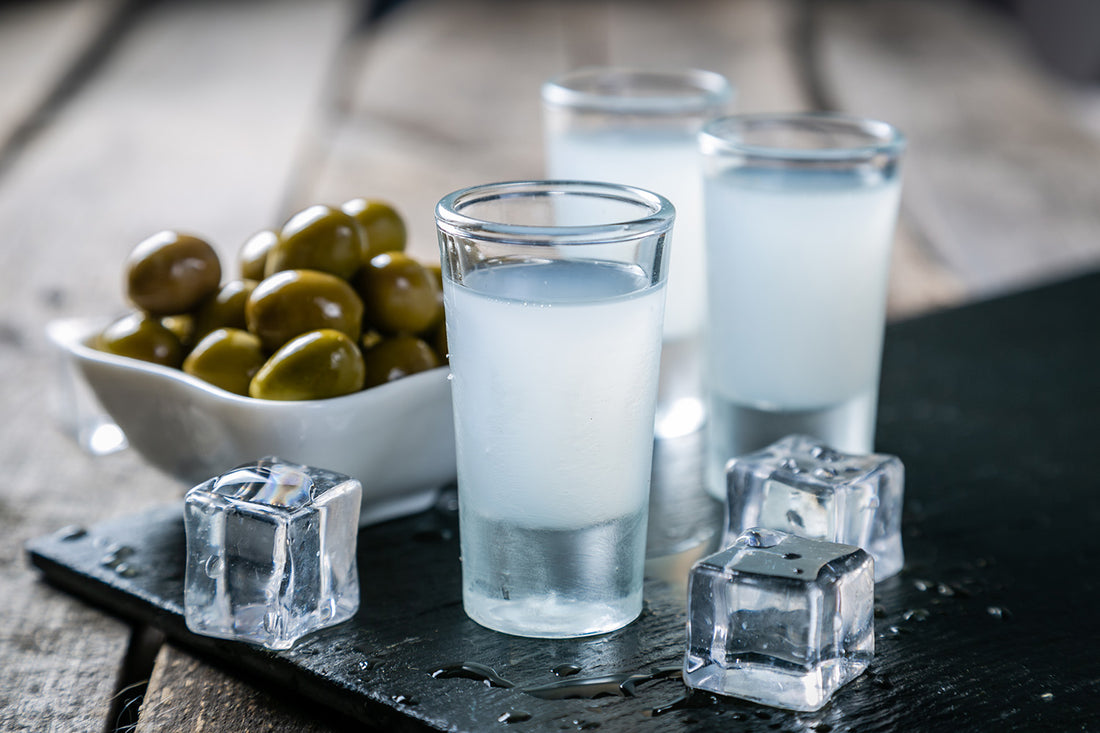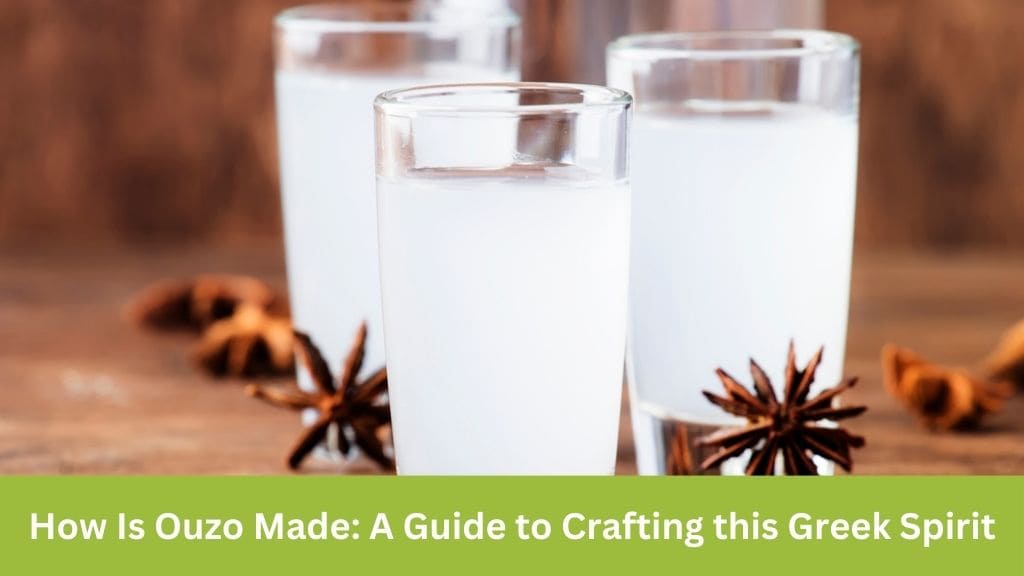Ouzo, the iconic Greek spirit with its distinct anise flavor and cloudy appearance when mixed with water, has a fascinating production process. In this comprehensive guide, we’ll delve deep into how ouzo is made, from the ingredients to the final product.
What is Ouzo?

Before we explore the production process, let’s understand what ouzo is. Ouzo is an anise-flavored alcoholic drink that is closely related to other anise spirits such as Italian sambuca, Middle Eastern arak, and Turkish raki. It has a strong cultural significance in Greece and Cyprus, where it is often enjoyed alongside small dishes known as mezedes.
Ingredients of Ouzo
Base Alcohol
The first step in making ouzo involves obtaining the base alcohol. Traditionally, this alcohol is derived from either fermented grapes or grains. The choice of base alcohol can influence the final flavor profile of the ouzo.
Anise and Other Spices
Anise is the key ingredient that gives ouzo its distinctive flavor. In addition to anise, other spices and botanicals such as fennel, cardamom, coriander, cloves, and cinnamon are often used to enhance the aroma and complexity of the spirit.
Production Process
Distillation
The production of ouzo typically begins with distillation. The base alcohol, along with the selected spices and botanicals, is distilled in copper stills. This process helps extract the flavors and aromas from the ingredients, resulting in a highly concentrated alcoholic liquid.
Steeping
After distillation, the liquid is steeped with additional anise and spices. This step allows the flavors to further infuse into the alcohol, imparting the characteristic anise flavor to the ouzo.
Dilution
Once the steeping process is complete, the ouzo is diluted to achieve the desired alcohol content. This step is crucial in balancing the flavors and ensuring that the ouzo is not too overpowering.
Variations in Production

Traditional vs. Modern Methods
While traditional ouzo production methods involve distillation and steeping with natural ingredients, modern techniques may involve the use of artificial flavorings and additives. Traditional ouzo is often considered superior in flavor and quality.
Regional Variations
The production of ouzo may vary regionally, with different areas of Greece and Cyprus having their own unique techniques and flavor profiles. For example, ouzo from southern Greece may be slightly sweetened with sugar, while ouzo from northern Greece tends to be drier.
Quality Control and Regulation

Protected Designation of Origin
In 2006, the European Union recognized ouzo as a protected designation of origin (PDO), ensuring that only ouzo produced in Greece and Cyprus can be labeled as such. This designation helps protect the authenticity and quality of Greek ouzo.
Production Standards
Greece has implemented regulations to maintain the quality and integrity of ouzo production. These standards dictate factors such as minimum alcohol content and the use of natural ingredients, ensuring that consumers receive a high-quality product.
Conclusion
Ouzo is a unique and flavorful spirit with a rich cultural heritage. Its production process involves careful distillation, steeping with anise and other spices, and meticulous quality control measures. Whether enjoyed neat or diluted with water, ouzo continues to captivate drinkers around the world with its unmistakable flavor and character.
I’m Chen Mina, from Vol de Nuit, who has a special passion for bartending, especially mixing wine, beer, and cooktail. Here you will find content about alcoholic beverages, I will bring you knowledge that few people know about this drink.





